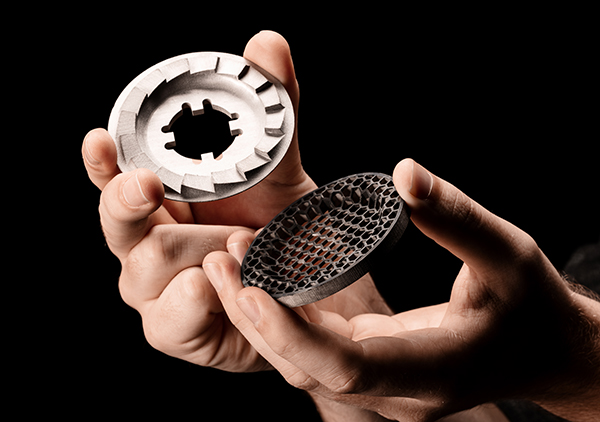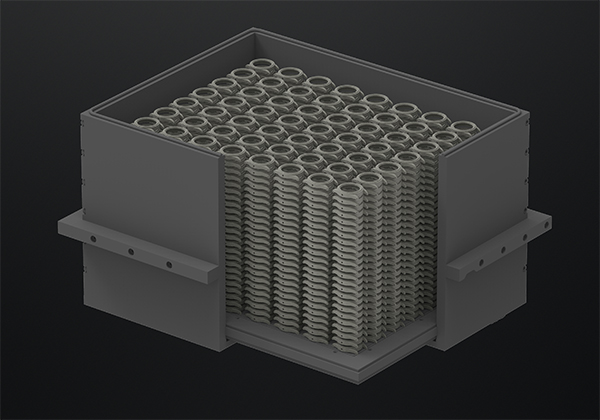View or stream online

Podcast: Desktop Metal AM 2.0, Going Public, More Duration
8:30 hrs/min/sec
Subscribe today

Latest podcast episodes
- Jon Peddie on Milestone Moments in the History of CAD
- Leadership Profile: Marco Turchetto of ESTECO on How Automation can Improve Simulation Workflows
- Podcast Series: Engineer Innovation
- 2023 State of Design & Make Report Reveals Skilled Labor Shortage and Sustainability Concerns
- More podcast episodes
Latest News
September 21, 2020
 Argun Aggarwal, Desktop Metal. Image courtesy of Desktop Metal
Argun Aggarwal, Desktop Metal. Image courtesy of Desktop MetalLast month, reporting on Desktop Metal going public, Forbes calls the company a “3D printing unicorn.”
With the pandemic causing supply chain interruptions, many hardware makers are forced to make difficult choices. 3D Systems, another AM hardware maker, is tightening its belt, according to Charlotte Business Journal. Earlier in June, Stratasys also had to make a similar move to downsize.
Going public in such an environment would indeed make a company seem like an exception, a unicorn.
Arjun Aggarwal, Desktop Metal's VP of Product & Business Development, believes Additive Manufacturing (AM) is “graduating from rapid prototyping to something that can compete with conventional manufacturing”—a transition he and his colleagues like to refer to as AM 2.0
In the new phase, “AM allows you to make parts in much greater quantity. Think hundreds of thousands or even millions, and make them at a much lower cost,” said Arjun.
Going public “doesn't change our focus, or the vertical market we target. Certainly we'll look to expand our presence in some markets,” Arjun reasoned. One reason the timing seems right is because the company is “on the verge of introducing several new products,” he added.
The pandemic has highlighted AM's many benefits, including “the ability to manufacturing complex shapes that are highly optimized, or take many different parts and combine them into a single part [and] ... the opportunity to build a supply chain that's flexible and responsive to shifts, market preferences, and disruptions in the supply chain,” he pointed out.
But the design freedom that comes with AM is possible only with the right software. “One of the things we've invested in, is the software called Live Parts, a generative design tool,” added Arjun.
For more, listen to the full podcast above (intro and end music by Ben Sound).
 AM 2.0 signals the technology graduating from rapidprototyping to mass-manufacturing, said Desktop Metal. Image courtesy of Desktop Metal
AM 2.0 signals the technology graduating from rapidprototyping to mass-manufacturing, said Desktop Metal. Image courtesy of Desktop MetalSubscribe to our FREE magazine, FREE email newsletters or both!
Latest News
About the Author
Kenneth Wong is Digital Engineering’s resident blogger and senior editor. Email him at [email protected] or share your thoughts on this article at digitaleng.news/facebook.
Follow DE



